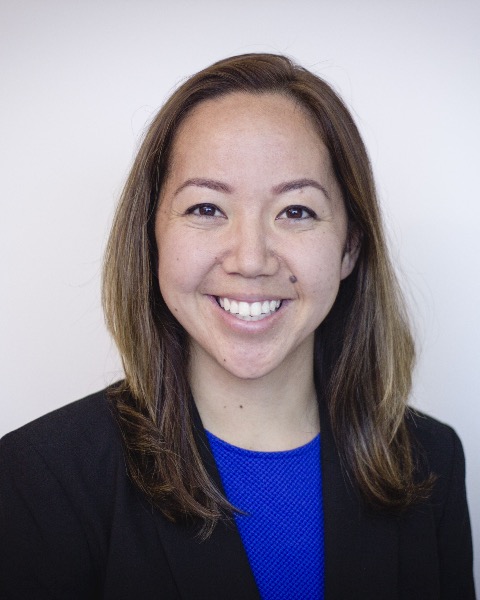Nephrology Works in Progress
Session: Nephrology Works in Progress
WIP 43 - Characterizing HLA-DQ Expression in Transplanted Kidneys Using PhenoCycler Spatial Imaging Technology
Sunday, April 27, 2025
8:30am - 10:45am HST
Publication Number: WIP 43.7428
Kelli Kaneta, Children's Hospital Los Angeles, Los Angeles, CA, United States; Rachel Lestz, Children's Hospital Los Angeles, Los Angeles, CA, United States; Vincent Lam, Children's Hospital Los Angeles, Los Angeles, CA, United States; Jondavid Menteer, Keck School of Medicine of the University of Southern California, Los Angeles, CA, United States; Lee Ann A. Baxter-Lowe, Keck School of Medicine of the University of Southern California, Los angeles, CA, United States

Kelli Kaneta, MD (she/her/hers)
Pediatric Nephrology Fellow
Children's Hospital Los Angeles
Los Angeles, California, United States
WIP Poster Presenter(s)
Background: After kidney transplantation, if the donor graft is HLA mismatched with the recipient, these mismatched antigens can trigger the production of de novo donor specific HLA antibodies (DSA). DSAs are associated with antibody mediated rejection (AMR) - the leading cause of graft dysfunction. Compared to other HLA antibodies, HLA-DQ DSA are most prevalent and are associated with worse graft outcomes. Yet, not all recipients with HLA DQ-DSAs experience AMR. This lack of clinical correlation highlights a gap in the understanding of the factors that affect DSA pathogenicity. We hypothesize that the level of HLA expression in the graft is a key factor. Current knowledge is limited due to a lack of tools to quantify HLA proteins in kidney tissue.
Objective: We hypothesize that among pediatric transplant recipients with HLA DQ-DSA, increased kidney HLA-DQ expression is associated with a higher risk of AMR development. This study utilizes PhenoCycler (Akoya Biosciences, MA, USA) spatial tissue imaging to quantify longitudinal HLA-DQ expression and its correlation with AMR.
Design/Methods: A self-controlled case series will be conducted using kidney biopsies from pediatric kidney transplant recipients at a single institution between 2013-2022 (IRB Approval CHLA-20-00140). Subjects will be selected to represent three clinical phenotypes: 1. No DSA, 2. DSA without AMR, 3. DSA with AMR.
Each subject will serve as their own control. DSA strength will be quantified using HLA single antigen assays to correlate with biopsy dates. PhenoCycler targets will include immune and histologic markers for cell type identification, and HLA Class I (-A, -B, -C), HLA-DR, and HLA-DQ. In Fall 2024, custom antibody conjugation, FFPE kidney biopsy slide preparation and staining will be performed. In Winter 2024, single cell segmentation will be conducted with Ilastik and CellProfiler, followed by data analysis in HistoCAT and R. Marker intensities will be normalized using min-max normalization. Levels of HLA expression and DSA will be correlated with AMR.

